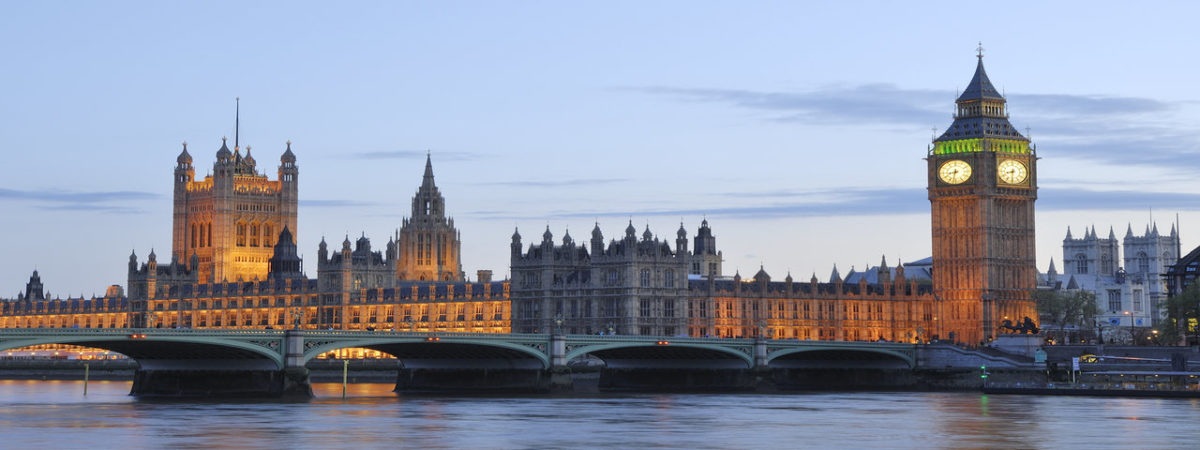Why railway renationalisation must be sent to the sidings
SUGGESTED



In the context of Jeremy Corbyn’s plan to renationalise the railways, it is worth recalling some facts. Some good things have happened on the railways that simply would not have happened had they been nationalised. But, at the same time, the network is strangled by the nationalisation of the infrastructure. I have been interviewed on the issue with people who seem blissfully unaware of the fact that the railway network is nationalised and it is only the operation of the train services that is put out to tender.
1. When the rail network was privatised the government followed a gold-plated interpretation of an EU directive and split the operation of the tracks and other aspects of the network from the operation of the trains. In other words, the government imposed an industrial structure on the railways that had never evolved naturally in a free market. The transactions costs of separating tracks from trains turned out to be huge. We need a market to determine how vertically integrated railways should be. In the past, we have had markets in railways and the markets certainly did not discover that tracks and trains should be operated separately.
2. The tracks were renationalised in the early 2000s. The main problems on the railways are now caused by the nationalised part of the system. About 70 per cent of delays are caused by Network Rail. Over-crowding can hardly be blamed on the operating companies as where tracks lack the capacity to take more trains: there are simply no more routes into stations such as Victoria. This may be a problem that is too costly to solve, but it is not caused by the operating companies.
3. Not only can nationalised Network Rail not deliver trains on time, it cannot even deliver its own projects on time. Despite having a debt about the same size as that of the Slovakian government, an ORR report showed that more than a third of the milestones on major projects have been missed; fewer than one in four of the renewals to overhead lines scheduled for this year have been carried out; and only a third of signalling works have been completed. Despite not completing the work it should have completed, it has missed its budgetary targets by nearly £0.5bn.
When it comes to the performance of the train operating companies (TOCs), it is spuriously argued that, if only they were nationalised, the government could plough back their profit margins into lower fares. This assumes, of course, that taxpayers would demand no return at all on the capital invested in train operation. This would be a somewhat unique situation and hardly likely to be proposed or accepted by any government. The current profit margin for train operating companies is around 3 per cent. If the government were to take over the TOCs and make no margin at all (something which would lead to a rapid deterioration in the train stock) fares could be reduced by only 3 per cent.
On at least three measures there have been huge improvements that can be laid at the door of the privatisation of train operation. The first is in safety. I remember, not long before privatisation, sitting on an up-turned brief case with 40 other people in an unlit guards van of a train after yet another failure of the pre-First World War signals at Neasden: that was dangerous. There has been a huge reduction in accidents since privatisation, to a large degree caused by the complete replacement of almost all the train stock. This would have been unimaginable if the operating companies had been state owned and subject to the political manipulation of capital spending budgets that we regularly see.
Secondly, there has been a huge increase in traffic. Rail journeys have doubled since privatisation and grown much faster than in comparable countries. The average price paid per passenger mile has increased by only around 7 per cent adjusted for inflation since the mid-1990s whilst the TOC’s profit margins have fallen.
So, what is there not to like? Overcrowding and high prices are the two answers normally given to this question. When it comes to overcrowding, the blame can generally be pinned on Network Rail. However, things are not necessarily easy for Network Rail. Are people willing to pay the price (the monetary price and the inconvenience cost) of ventures such as the London Bridge project that are necessary to increase capacity? When it comes to pricing, the increase in the average price per journey is not that huge. However, there is much better price discrimination with many cheaper fares available for those who have a low marginal cost of time and less money to spend. This is purely a result of the marketing strategies adopted by the operating companies, something that would have be unimaginable had they been nationalised.
Things could be much worse. But, they could be better. The government should liberalise pricing. The government should also allow the vertical integration of the network with the operating companies again. There will be benefits both from the network being in private hands and also from the businesses themselves being allowed to determine the appropriate degree of vertical integration. Let’s hope that is the conclusion of the Nicola Shaw report.
Prof Philip Booth is the IEA’s editorial and programme director, and professor of finance, public policy and ethics at St Mary’s University, Twickenham.
10 thoughts on “Why railway renationalisation must be sent to the sidings”
Comments are closed.





The capacity requirement for most railways is mainly driven by employers demanding that commuters adhere to a standard working day. There is therefore a need for a market to connect supply and demand for rush hour peak services directly between the parties. Perhaps then employers might consider measures such as 4 day working weeks, staggered hours, or even relocating and home (or near to home) working.
You say that “There has been a huge reduction in accidents since privatisation, to a large degree caused by the complete replacement of almost all the train stock.”
What evidence is there that the change in train stock is the main contributory factor, rather than imporoved track, signalling, etc ?
that is a fair point and raises another issue my colleague, Richard Wellings, discusses a lot. If the government allowed more flexibility in pricing at the peak, there would be an incentive for employees and employers to agree more flexible arrangements
I can think of so many pros and cons. What we have now is neither a nationalised nor a market-driven rail ecosystem. Fares are kind of market driven, but as ItDoesntAddUp says, it’s a market skewed towards the working day, which is a very inefficient one for transportation of all types. And the franchise system means that state-defined services are auctioned off, leaving little flexibility for those who want to create services the state hasn’t thought of (check out what happened to the Wrexham and Shrewsbury to London service, which had to avoid Birmingham).
I think a mixed ecosystem is unavoidable. Some lines will never be economic. Should they be closed? Perhaps, but as we found from Beeching, short term decisions left us wanting in the longer term. Besides, we wouldn’t close non-economic roads so why close railways? The way I see it is that any service which requires a subsidy probably should be state-run. Services to places with high demand like the commuter belts and main lines can be left to the market.
The track, I think, should remain in state hands just like (almost all of) the road network. Although its maintenance and operation can be contracted out.
@anonymous – I don’t have the figures to hand, but I am sure that the biggest contributory factor is reduced number of people falling out of carriages and committing suicide by jumping from trains. Also stronger carriages mean that fewer people die in accidents. Happy to be contradicted on that. As it happens, before network rail was taken into public ownership, accidents were falling too
Seriously. You chose not to publish my comment because it was critical of the arguments put and the weakness of the case? That reflects very badly on you. You are a think-tank, how can you possibly have so little confidence in the strength of your arguments that you would deny one piece of criticism? This suggests only that you are not totally convinced by the case you put.
Keir, I might have accidentally deleted your comment. If so, it had nothing to do with the substance of what you said; I must have misinterpreted it as spam. Please post again.
When I initially commented I clicked the “Notify me when new comments are added” checkbox and now each time a comment
is added I get three e-mails with the same comment. Is there any way you can remove me
from that service? Many thanks!
Hilton, I cant do that from here, I’m afraid. But towards the bottom of the e-mails you receive, there should be a passage which says “You can stop receiving emails when someone replies to this post, by going to”, followed by a link. If you click on that, you’re done.
great work, i am @ school i am cool